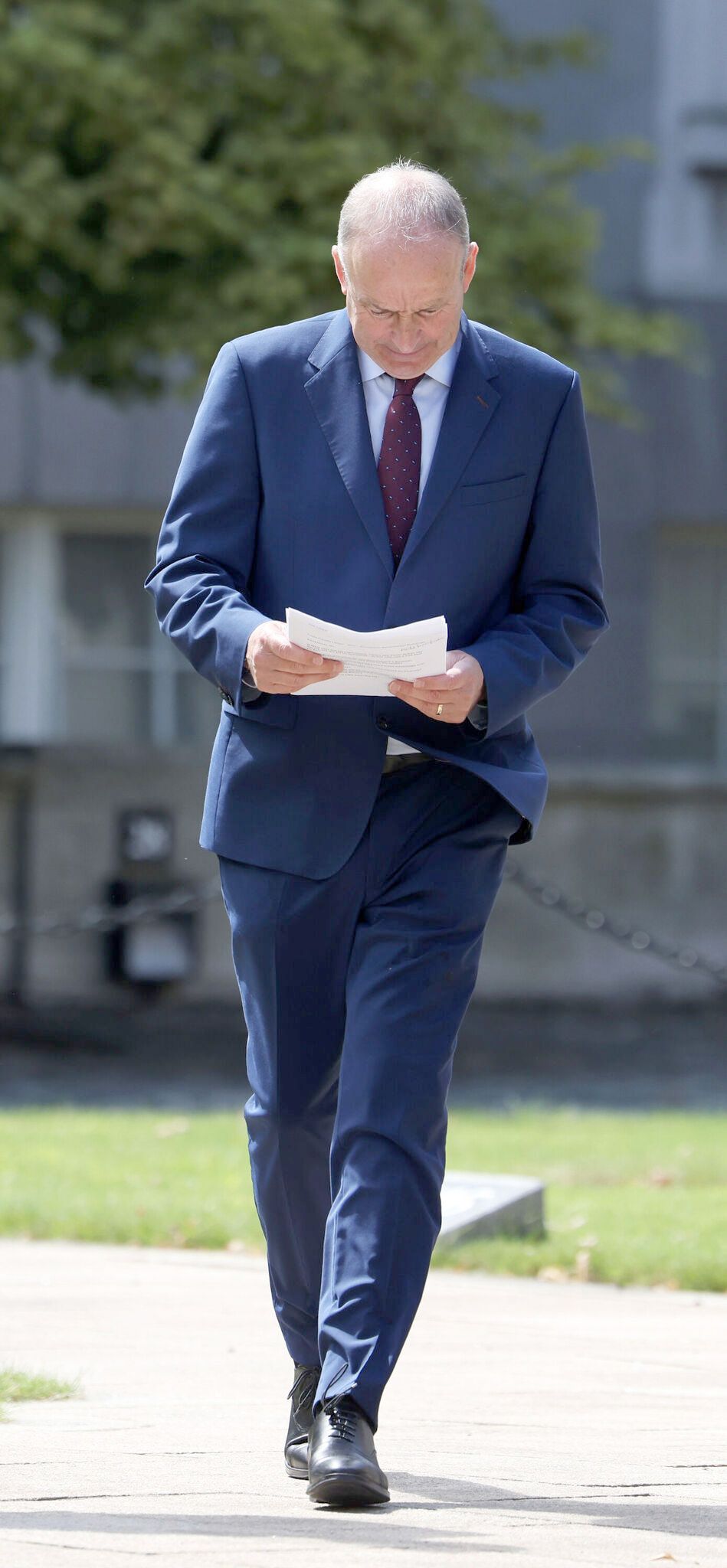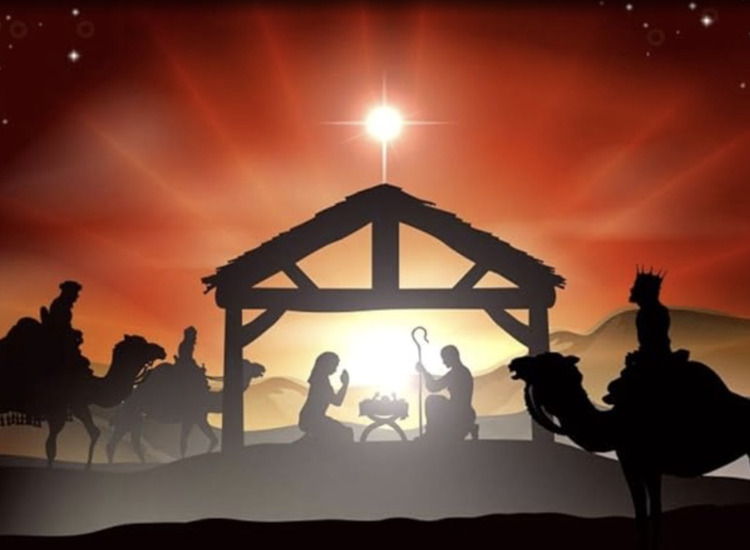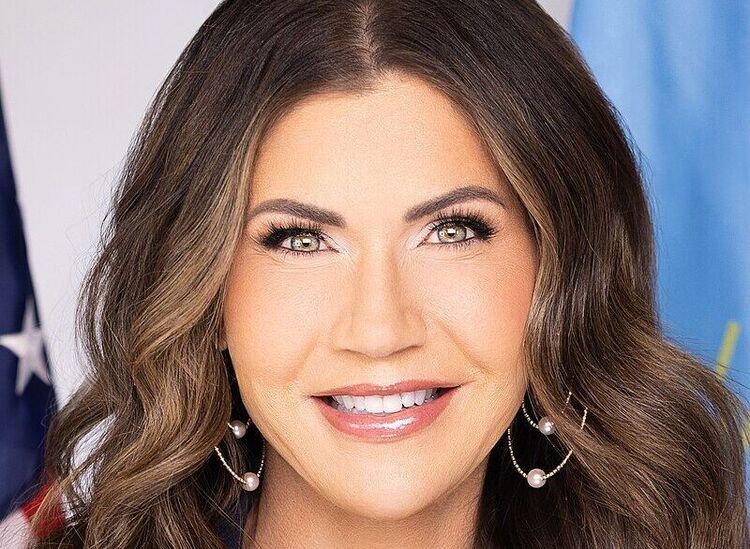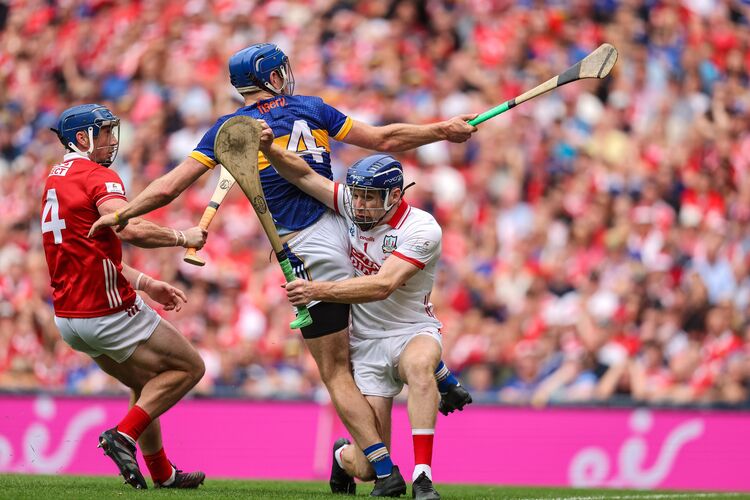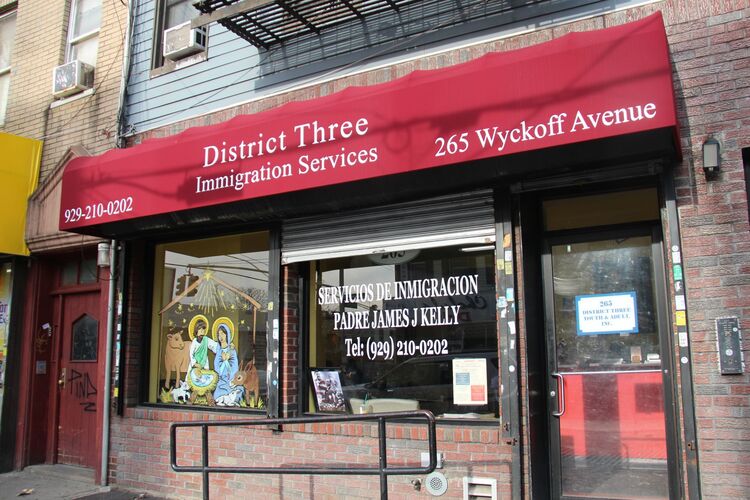Taoiseach Micheál Martin was holding low value cards and trying to imagine a flush as he spoke to reporters last week about the trade deal reached between the European Union and U.S.
True enough, you don't necessarily want to put the frighteners into folks as they are heading off for the their August holidays.
That sort of thing can wait until September. The actual tariffs, meanwhile, will come into effect on August 7. The deal will see a 15 percent tariff on imports from the EU into the U.S. this after the discussions between President Donald Trump and European Commission President Ursula von der Leyen in Scotland.
Trump had threatened to impose a 30 percent tariff from August 1 so, yes, you could argue that 15 percent was a glass half full. The nuts and bolts details of the deal will be duly worked out. A lot of Irish exporters will be waiting nervously, not least those in the whiskey and spirits industry. (See Page 7).
Martin said the trade deal brought clarity and predictability to the trading relationship between both trading blocs. “The agreement is a framework and there will be more detail to be fleshed out in the weeks and months ahead.
It does mean that there will now be higher tariffs than there have been and this will have an impact on trade between the EU and U.S., making it more expensive and more challenging.”
Martin was being a tad optimistic here. "Clarity and predictability" are not words you would normally associate with President Trump. And that's the point here.
The deal was worked out with Trump, who was not only representing the United States but also, in significant part, himself and his personal policy beliefs.
Typically, when you consider international deals and treaties you think in terms of both the White House and Congress.
Not in this case. Von der Leyen took significant criticism from several EU governments, not least the French. But, in fairness, she was representing not one country but 27 of them.
And as well as trade and tariffs she also had to consider the U.S. and Ukraine and the U.S. and NATO - lately, in both cases, shaky relationships.
Still, it was easy enough to look at the rough outlines of the trade deal and come up with a word to describe it: "shakedown."
While Martin was doing his best behind a microphone in the grounds of Government Buildings the number crunchers in the Department of Finance were coming up with their own assessments.
And here's what they deduced as reflected in an Irish Times report: "Up to 70,000 fewer jobs will be created in the Irish economy over the next five years as a result of US tariffs, the Department of Finance has warned business groups.
"At a meeting of the Government’s trade forum on Friday, department officials gave their preliminary analysis of what impact the new 15 per cent tariff on EU exports into the US would have on the Irish economy.
"They warned it would reduce economic activity here by roughly 1.5 per cent over a five-year timeline against a baseline of no tariffs while reducing employment growth by 2 per cent, which equates to 56,000-70,000 fewer jobs being created.
"Officials cautioned that much of the detail in the deal brokered this week between Brussels and Washington, including possible carve outs for certain sectors, had yet to be ironed out and therefore their forecasts might change."
What also might change is the actual tariff rate. Chambers Ireland chief executive Ian Talbot, according to the Times report, said the Irish government needed to focus on geography as well as sectors.
“Our successful clustering model could result in certain parts of the country being disproportionately exposed to one or two sectors,” he said. “And there remains the question about whether the US may move the goalposts again in the coming months or years."
Which of course is a serious consideration. President Trump - always on the hunt for a new headline or two whether necessary or not - might decide some morning that the 15 percent rate isn't high enough and needs to be raised.
At which point he tells the EU to jump and the response from Brussels is "how high?"

